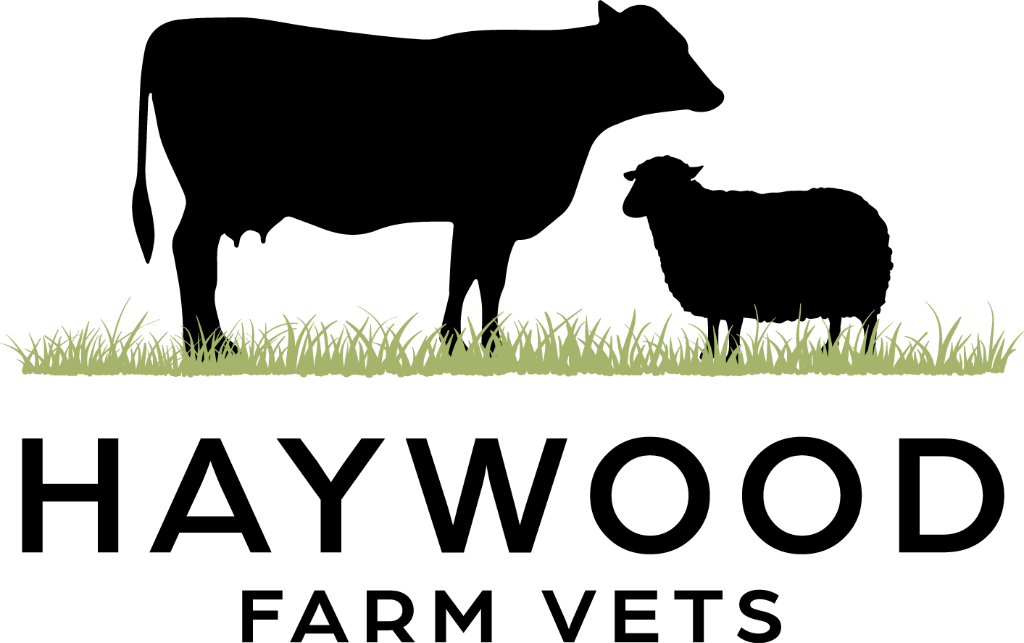USING PAIN RELIEF AT DISBUDDING
As naturally stoic prey animals, calves don't show obvious signs of pain or discomfort as it is a sign of weakness which would be a disadvantage in the wild.
We know that procedures such as disbudding can have a negative impact on calves for up to 10 days despite blocking the nerve with local anaesthetic. Local anaesthetics block the pain sensation in the nerve temporarily but the block only lasts a couple of hours before sensation returns - and if any of you have caught your arm with a hot dehorning iron, you'll know the pain lasts for days!
Research shows that calves given local anaesthetic and pain relief (Metacam or Allevinix) at disbudding had:
- less cortisol (stress hormone*)
- lower heart rate and breathing rate in the 24 hours after disbudding
- half the pain sensitivity at the horn buds
- less pain behaviour (ear flicking / head shaking)
- gained more weight in the 10 days after disbudding
*CORTISOL / STRESS HORMONE:
Cortisol is a steroid hormone made in the adrenal glands and released into the blood stream in response to stress. Almost every cell contains receptors for cortisol and so cortisol can have lots of different actions depending on which sort of cells it is acting upon. Cortisol also dampens down the immune system and is a major factor in why "stress" can be an important trigger for disease in calves.
Calves given local anaesthetic and pain relief had significantly less cortisol in their blood samples, so less immune suppression from disbudding.
Don't forget, Red Tractor guidelines now include adding pain relief to your local anaesthetic blocks at disbudding for every calf and this needs to be recorded in your medicine book.
Local Anaesthetic: 3-5ml per side
Metacam: 1ml/40kg under the skin
Alumin Spray:
Alumin is an aluminium spray that acts as a protective barrier to the the horn bud site and promotes new skin growth without using an unnecessary antibiotic spray
DID YOU KNOW? The horn bud of a newborn calf floats freely in the skin until around 3 weeks old when it attaches to the bone of the skull. Disbudding the calf before the horn bud attaches is a much easier job with less trauma and pain and faster healing for the calf.
STRESS-FREE DISBUDS:
If you have a large number of disbuds to do at once, need to have a catch up session or want to let us sort your disbuds - we can make the job a lot easier on everyone by using a safe sedation alongside the local anaesthetic and pain relief. The sedation means the calf quickly lies down and it is very simple to put the local anaesthetic and pain relief in, before disbudding them painlessly without any stress of handling. This is also a perfect opportunity to check for extra teats, start vaccine programs and do any genomic or BVD tags.
Lameness Top Tip:
How many of your lame cow trims are sole ulcers?
A sole ulcer is permanent damage to the cows foot and you will have to trim the sole ulcer site every few months for the rest of her life to keep her walking sound. If you catch it at a bruise stage, you have a chance for a total cure.
Make sure you add in a 60-100 day trim to take the pressure off the sole ulcer site.
GET IN TOUCH:
Paula: 07764 747855 paula@haywoodfarmvets.com
Tom: 07837 291097 tom@haywoodfarmvets.com
Amy: 07989 304202 amy@haywoodfarmvets.com
Enquiries: mail@haywoodfarmvets.com
Website: haywoodfarmvets.com
Open hours: M-F 08:30 - 16:00
Out of Hours: 01630 810016

